Cats are fascinating creatures, renowned for their aloofness, agility, and mysterious ways. While they might not greet us with wagging tails like dogs, cats have their own unique language, which they use to communicate with their human companions. One of the primary tools in this feline lexicon is vocalization. Let’s delve into the intriguing world of how cats use vocal sounds to convey messages to us.
A Diverse Repertoire of Sounds
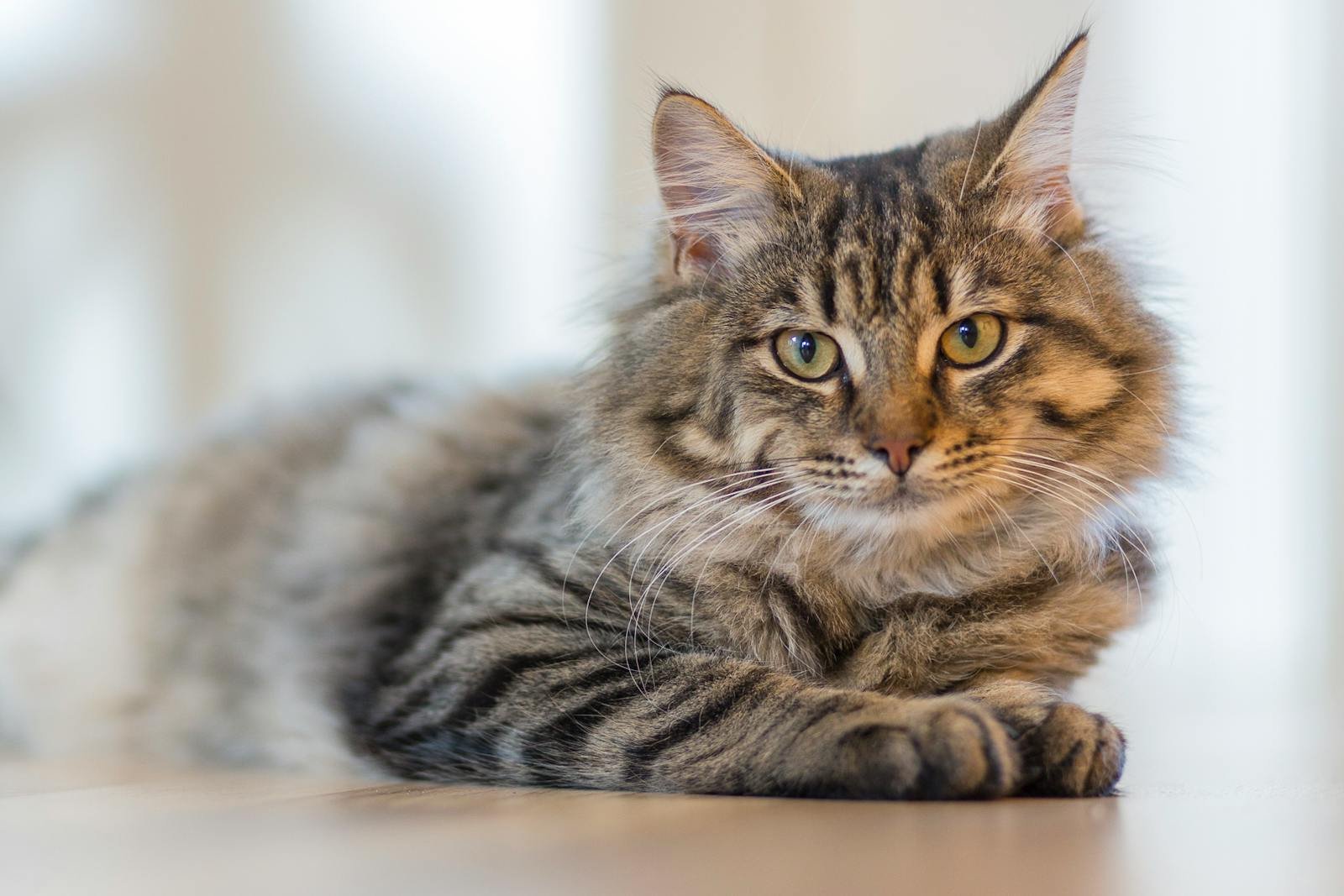
Cats possess a diverse vocal repertoire. From the purring that melts hearts to the yowling that demands attention, these sounds are not random. Each serves a purpose and plays a pivotal role in the communication between cats and humans. Understanding these vocal cues can help us better understand our fluffy friends.
The Meow: A Special Message for Humans
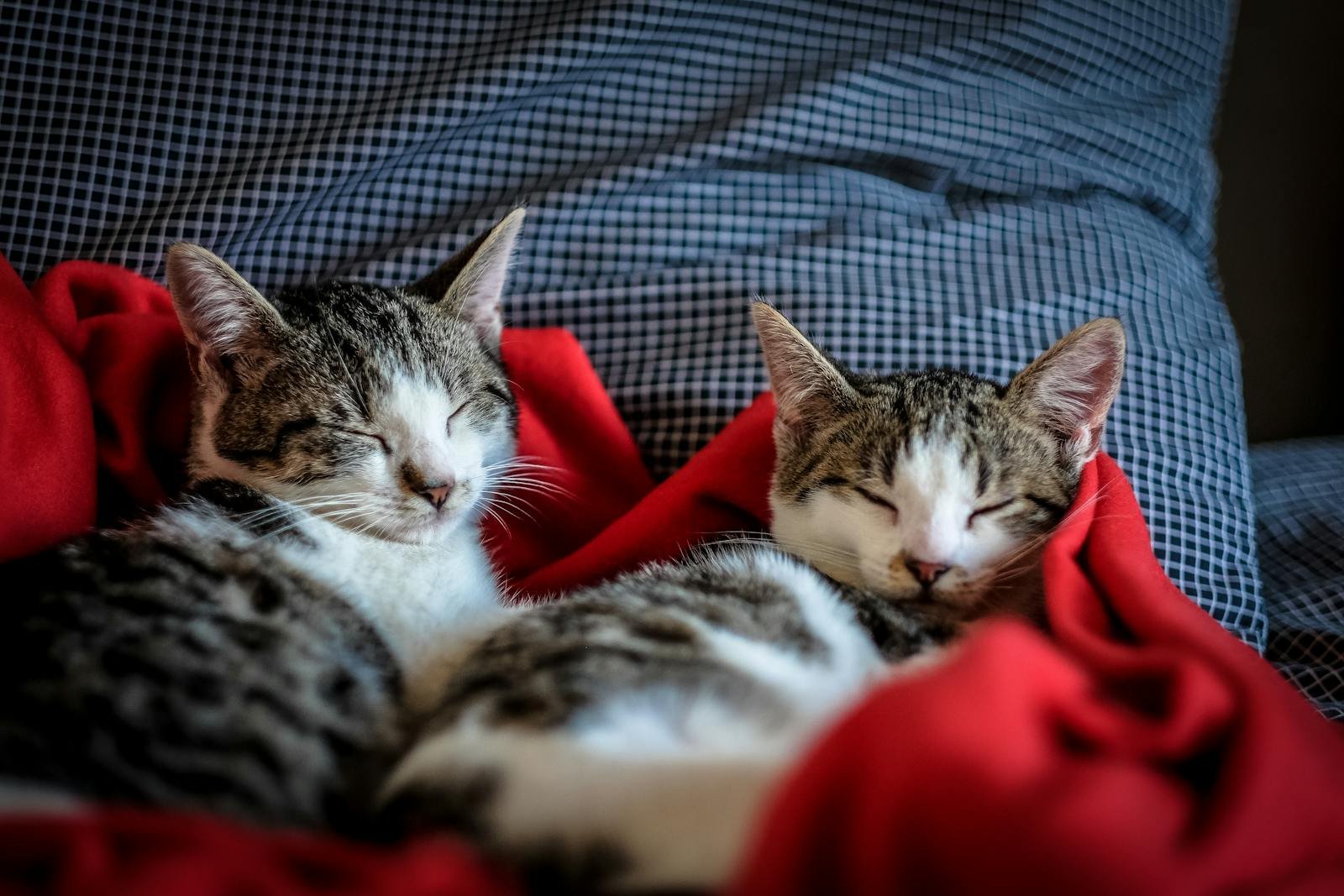
Interestingly, adult cats typically do not meow at each other. The meow is a vocalization primarily reserved for human interaction. Cats have learned that humans respond to meows, which can signify anything from hunger to a simple request for affection. Each cat may develop a unique style of meowing, tailored to elicit responses from its specific human family.
Purring: The Sound of Contentment?
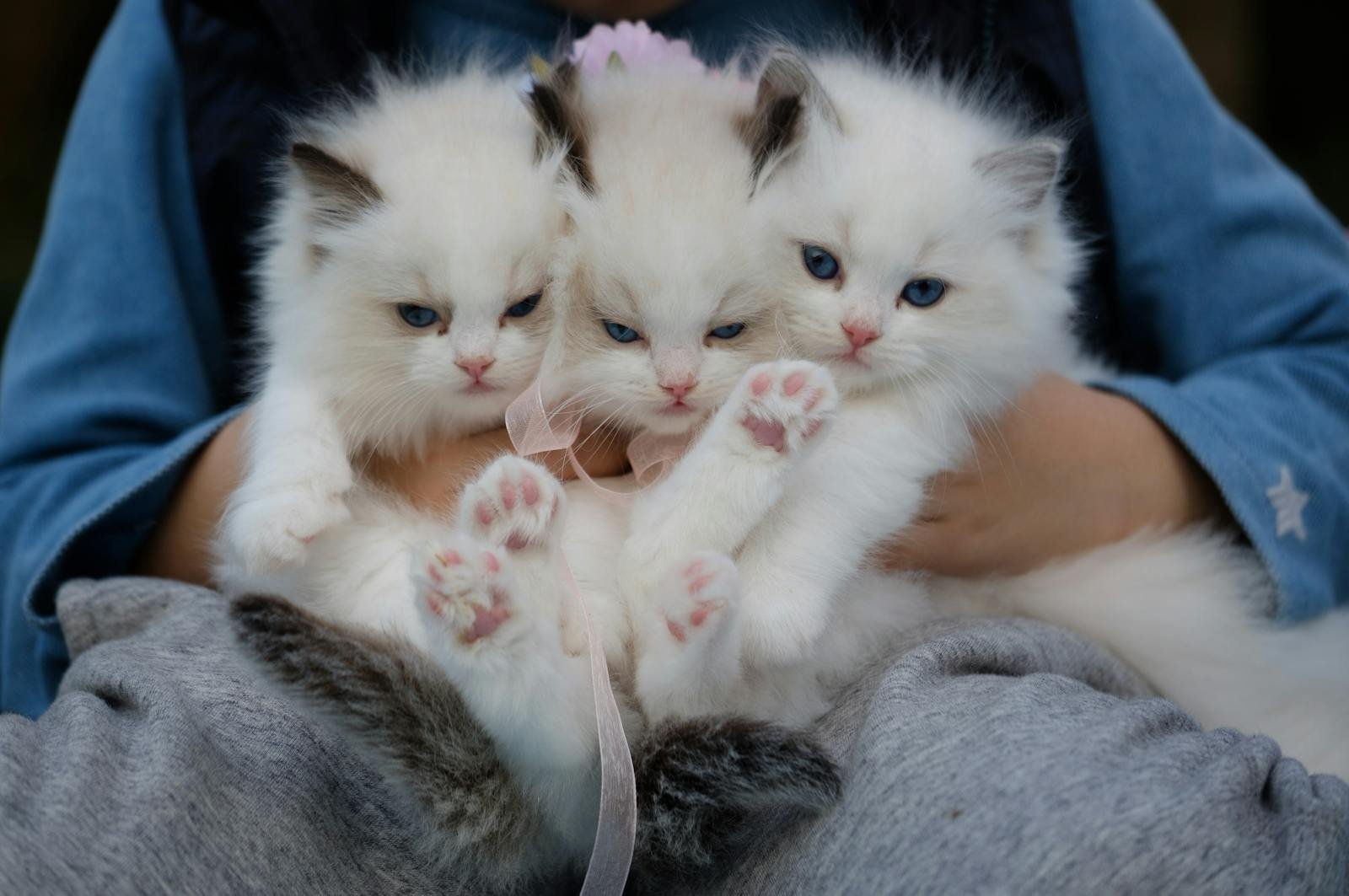
Purring is often associated with feline contentment, but its meanings can be more complex. Cats also purr when they are frightened or in pain, as a self-soothing mechanism. When interacting with humans, a cat’s purring can indicate satisfaction, but it’s essential to consider the context to accurately interpret this sound.
Chirps and Trills: Invitation to Interaction
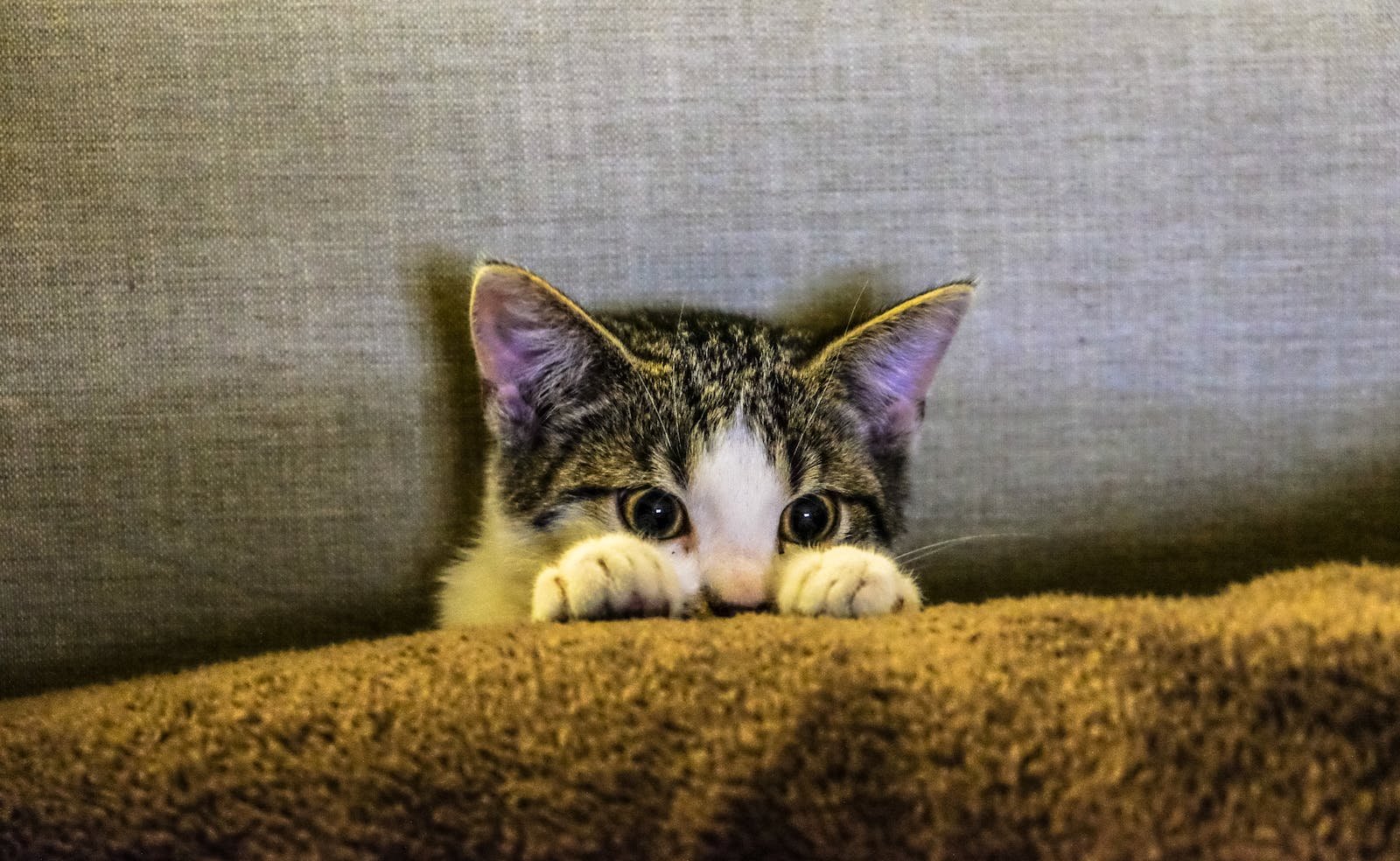
Chirping and trilling are sounds that cats often use with other cats or their humans. These sounds can be a friendly greeting or an invitation to follow or engage. When your cat chirrups at you, it’s usually a sign they want you to interact or accompany them somewhere, much like how a mother cat calls her kittens.
Growls and Hisses: Warnings of Discontent
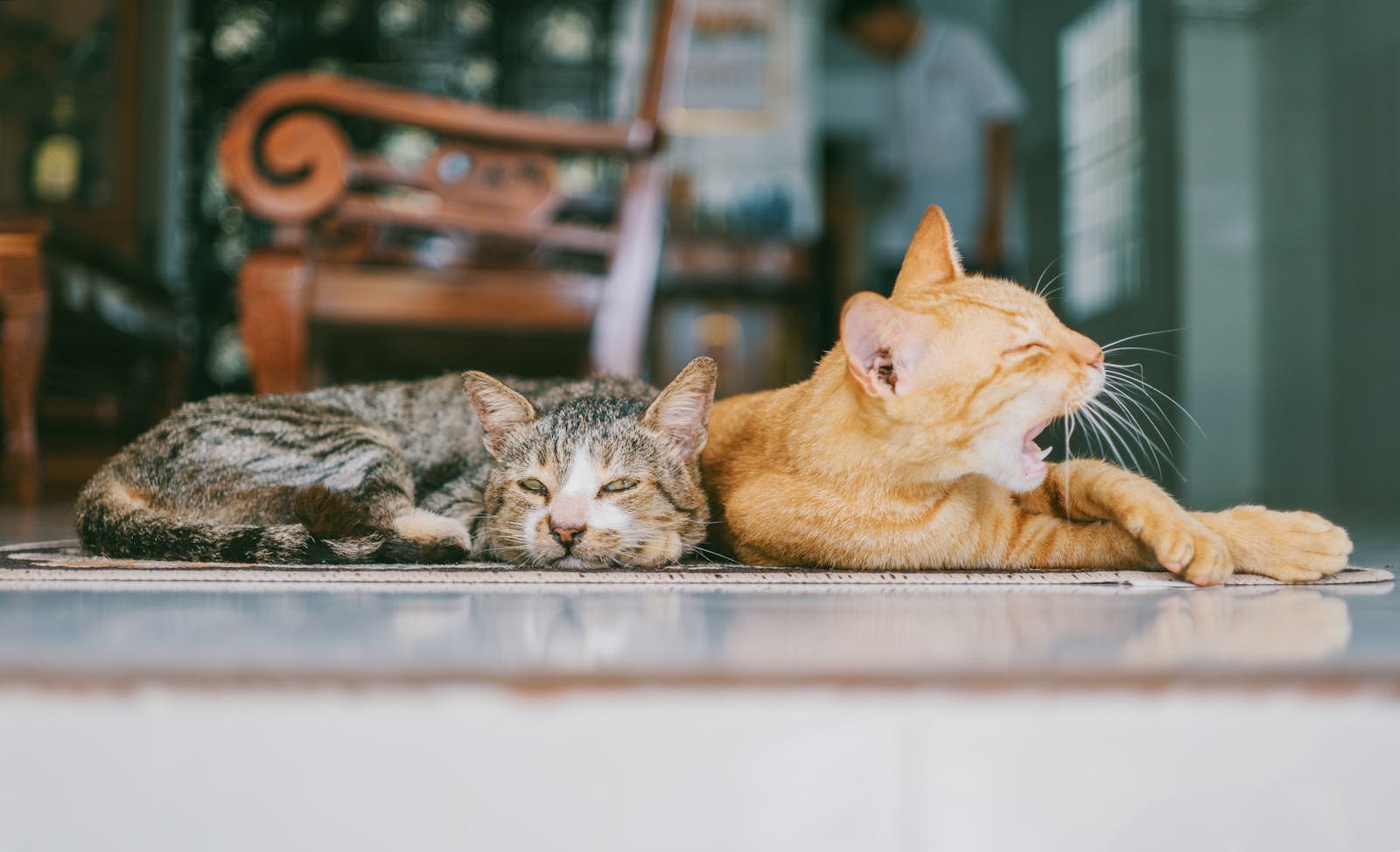
Growling and hissing are unmistakable vocalizations of distress or aggression. If a cat hisses or growls in your presence, it’s a clear warning that it feels threatened or uncomfortable. Understanding this sound helps cat owners recognize when their pet needs space.
Yowling and Howling: Expressing Urgency
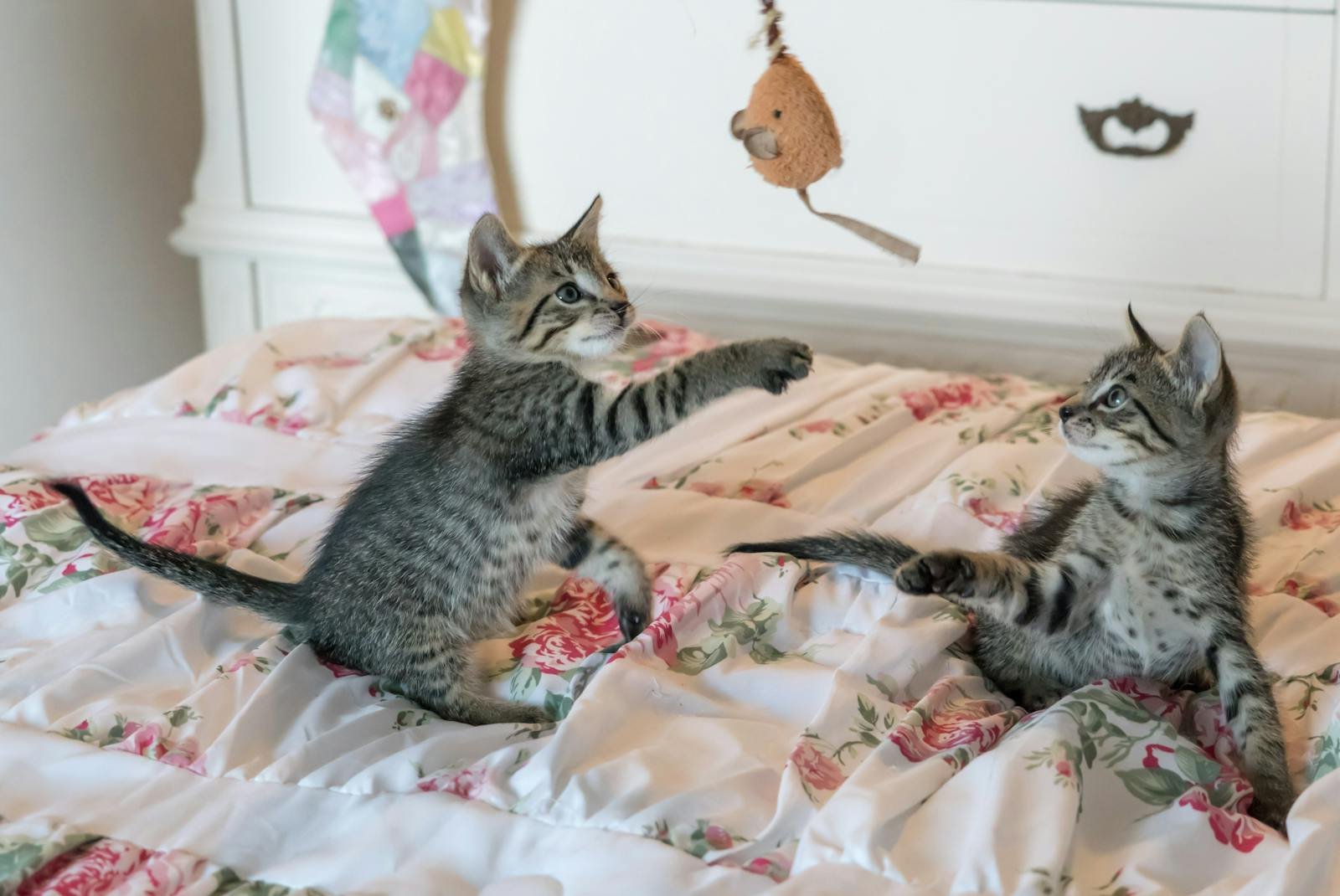
Yowling and howling are often louder and more prolonged compared to other vocalizations. These sounds can indicate mating behaviors, signaling to other cats. In a household context, it might mean the cat is seeking attention, distressed, or in some cases, disoriented, especially if they are aging.
Caterwauling: The Call of Nature
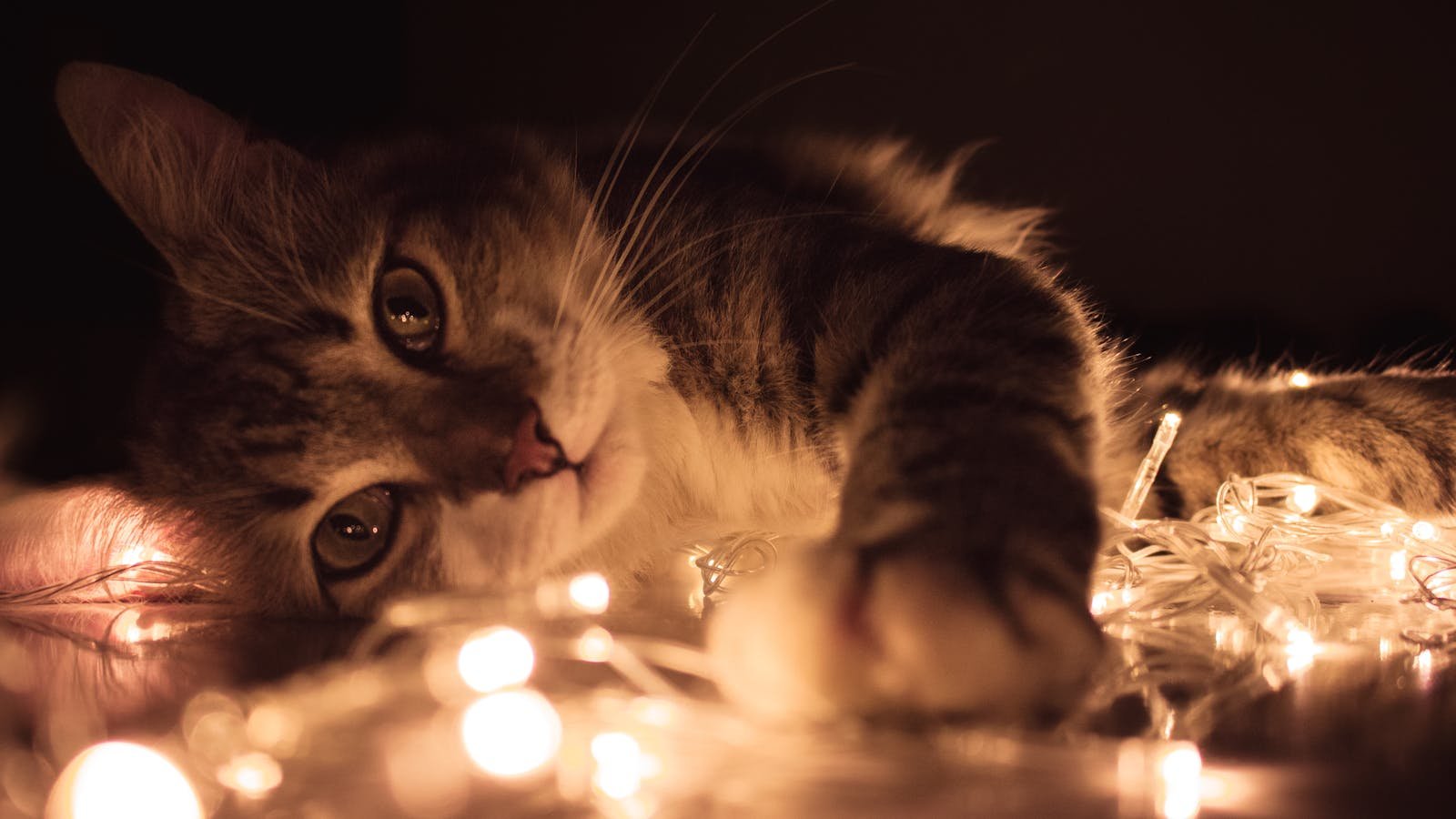
Female cats in heat often emit a vocalization known as caterwauling. This loud, wailing sound is to attract mates, and it’s typically accompanied by a variety of behavioral changes. Understanding this can help owners manage the behavior during mating seasons.
Cats Learn to Communicate
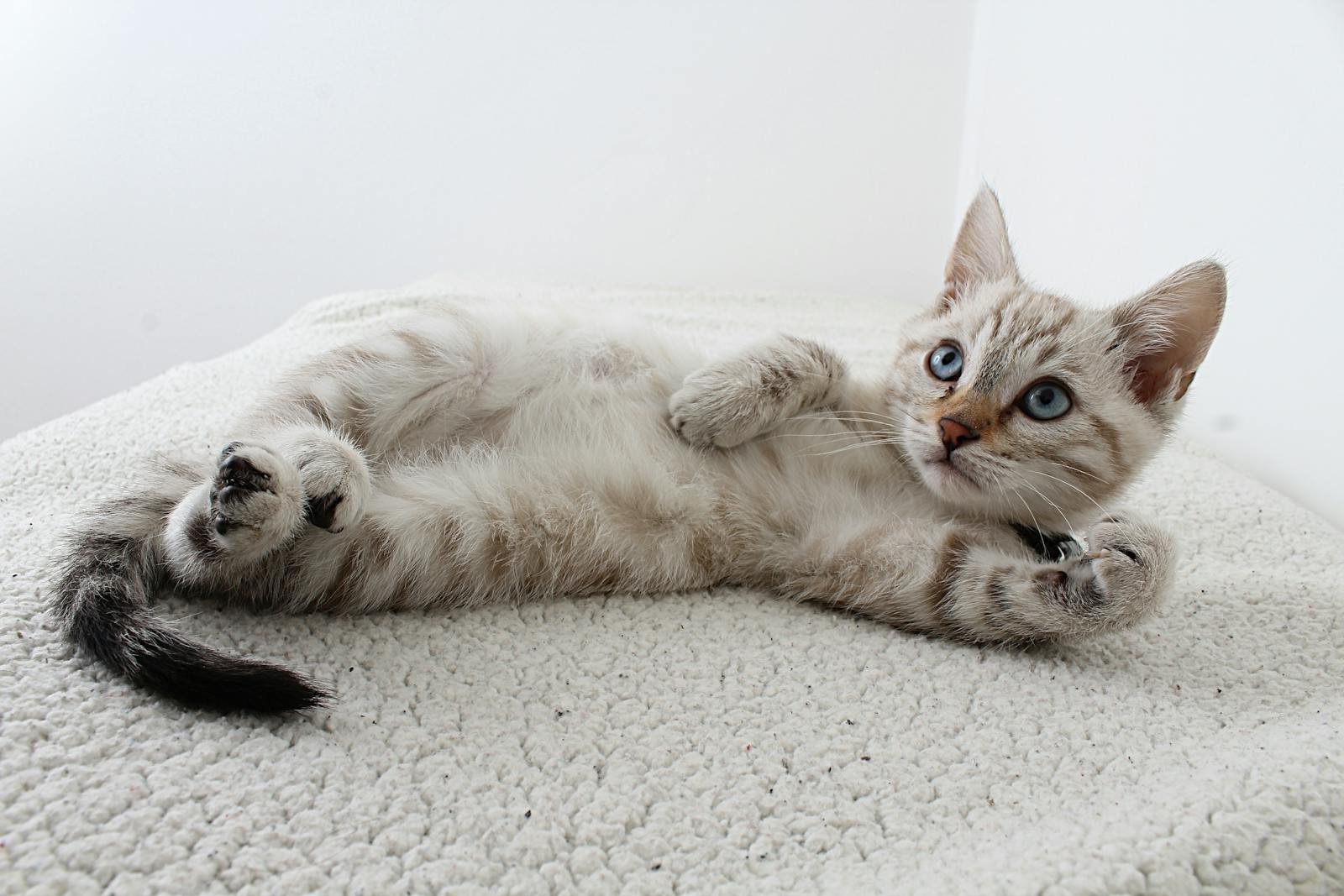
Cats are adept learners and can adjust their vocalizations based on their human’s responses. Some studies suggest that the frequency, pitch, and urgency of a cat’s meows can be modified to better communicate needs, whether it’s for feeding time or simply to gain affection.
The Science of Cat Communication
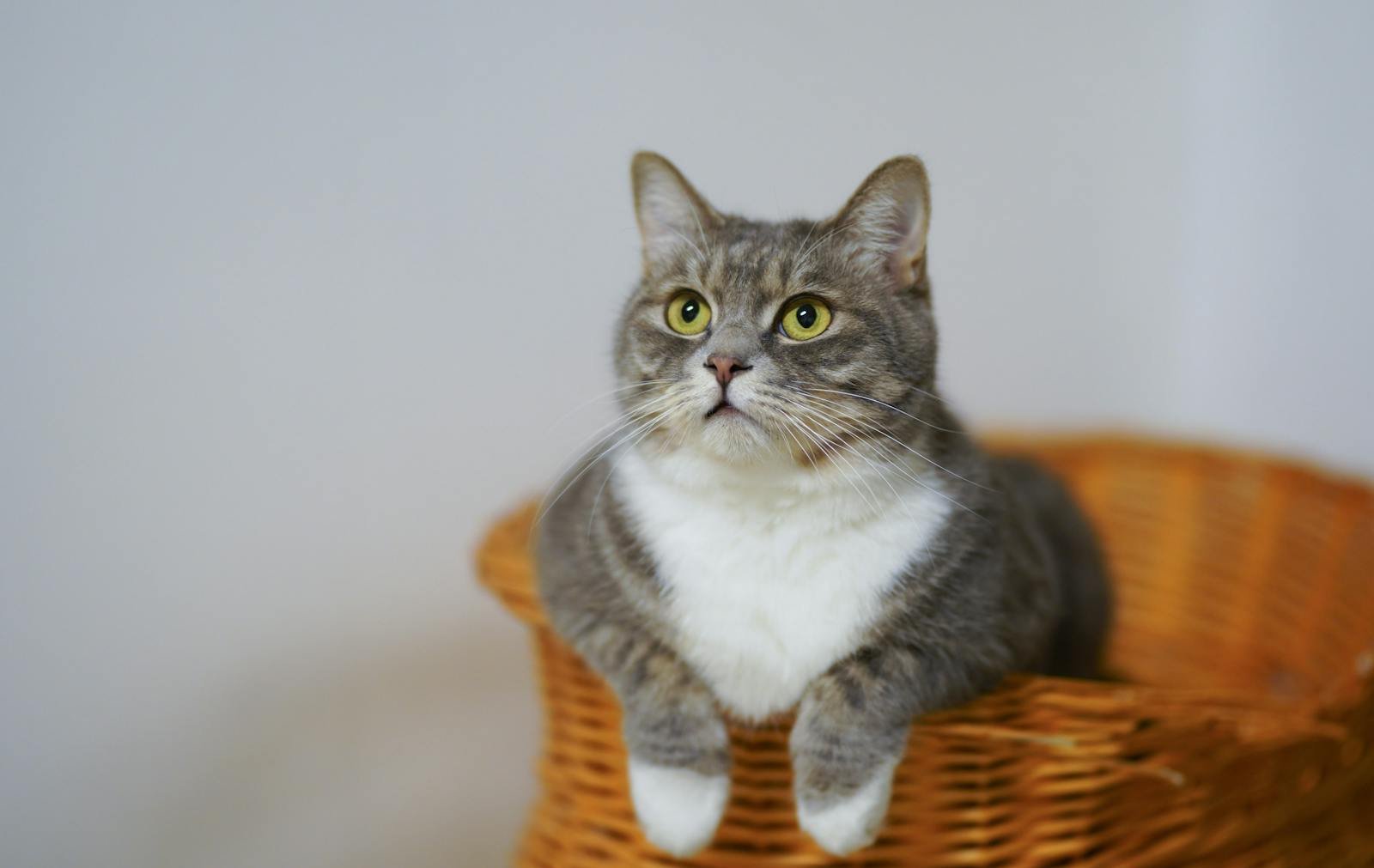
Research into cat vocalizations has shown that cats can produce a wide range of pitches and tones to convey different messages. Scientists study these sounds using spectrograms to analyze the frequency and duration. This research helps us understand not only how cats communicate, but also how we can better respond to and engage with them.
Understanding Your Cat Better
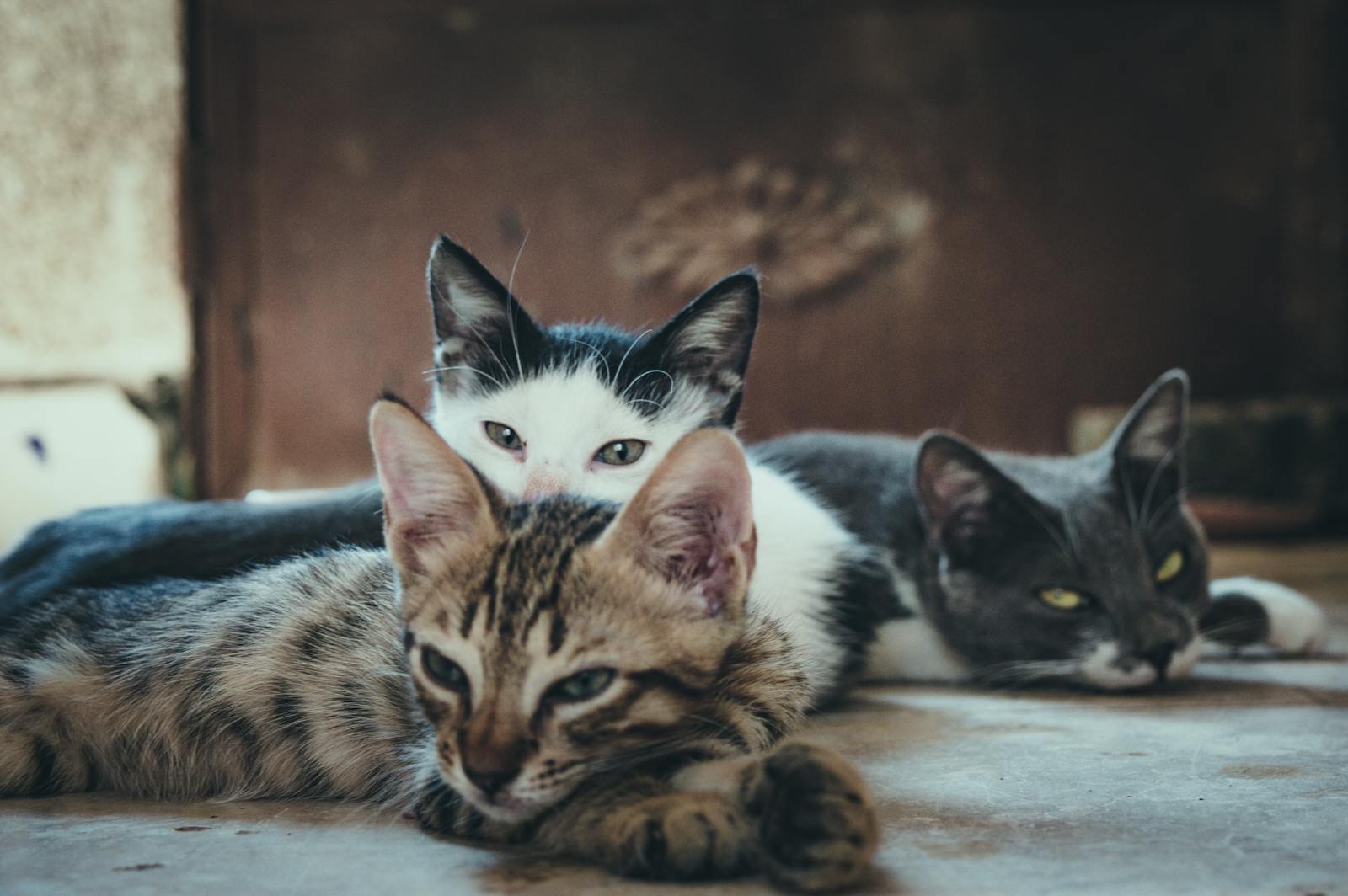
By paying close attention to the variety and context of feline vocalizations, cat owners can improve their relationship with their pets. Being aware of the sounds and what they might mean helps in creating a harmonious living environment, preventing misunderstandings and enriching both human and feline lives with deeper connection.
Whether it’s a meow, a purr, or a hiss, knowing how to interpret your cat’s vocalizations can transform your interactions. As with any language, understanding takes time and attention. With patience and observation, you’ll decode the feline chatter and enhance the bond you share with your beloved pet.
Hi, I’m Bola, a passionate writer and creative strategist with a knack for crafting compelling content that educates, inspires, and connects. Over the years, I’ve honed my skills across various writing fields, including content creation, copywriting, online course development, and video scriptwriting.
When I’m not at my desk, you’ll find me exploring new ideas, reading books, or brainstorming creative ways to solve challenges. I believe that words have the power to transform, and I’m here to help you leverage that power for success.
Thanks for stopping by, Keep coming to this website to checkout new articles form me. You’d always love it!






